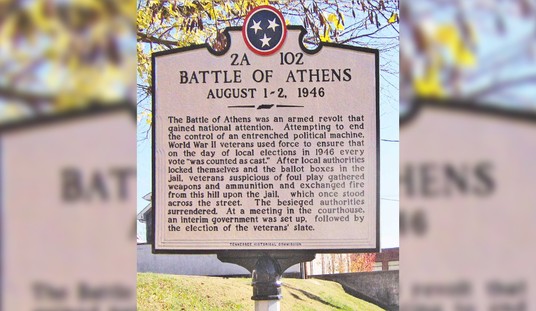Megan McArdle with an important reminder about wearing bread bags over your shoes and modern abundance:
Your average middle-class person was, by the standards of today, dead broke and living in abject misery. And don’t tell me that things used to be cheaper back then, because I’m not talking about their cash income or how much money they had stuffed under the mattress. I’m talking about how much they could consume. And the answer is “a lot less of everything”: food, clothes, entertainment. That’s even before we talk about the things that hadn’t yet been invented, such as antibiotics and central heating.
In 1901, the average “urban wage earner” spent about 46 percent of their household budget on food and another 15 percent on apparel — that’s 61 percent of their annual income just to feed and clothe the family. That does not include shelter, or fuel to heat your home and cook your food. By 1987, that same household spent less than 20 percent on food and a little over 5 percent of their budget on apparel. Since then, these numbers have fallen even further: Today, families with incomes of less than $5,000 a year still spend only 16 percent of the family budget on food and 3.5 percent on apparel. And that’s not because we’re eating less and wearing fewer clothes; in fact, it’s the reverse.
I’d just add that there’s nothing wrong — morally or materially — with abundance. As I’ve become fond of reminding my nine-year-old, money can’t buy happiness, but it can certainly forestall an awful lot of misery.
But as a nation we’ve largely forgotten (or never knew) how recent all this abundance is, and barely any of us (Longtime Sharp VodkaPundit Readers™ excepted) understand how fragile this abundance is.
You get the feeling we might be due for a painful reminder?










Join the conversation as a VIP Member